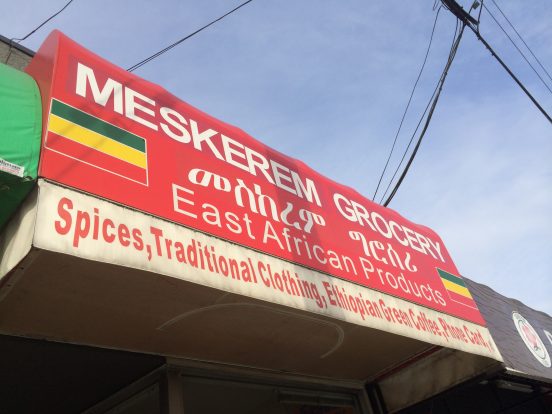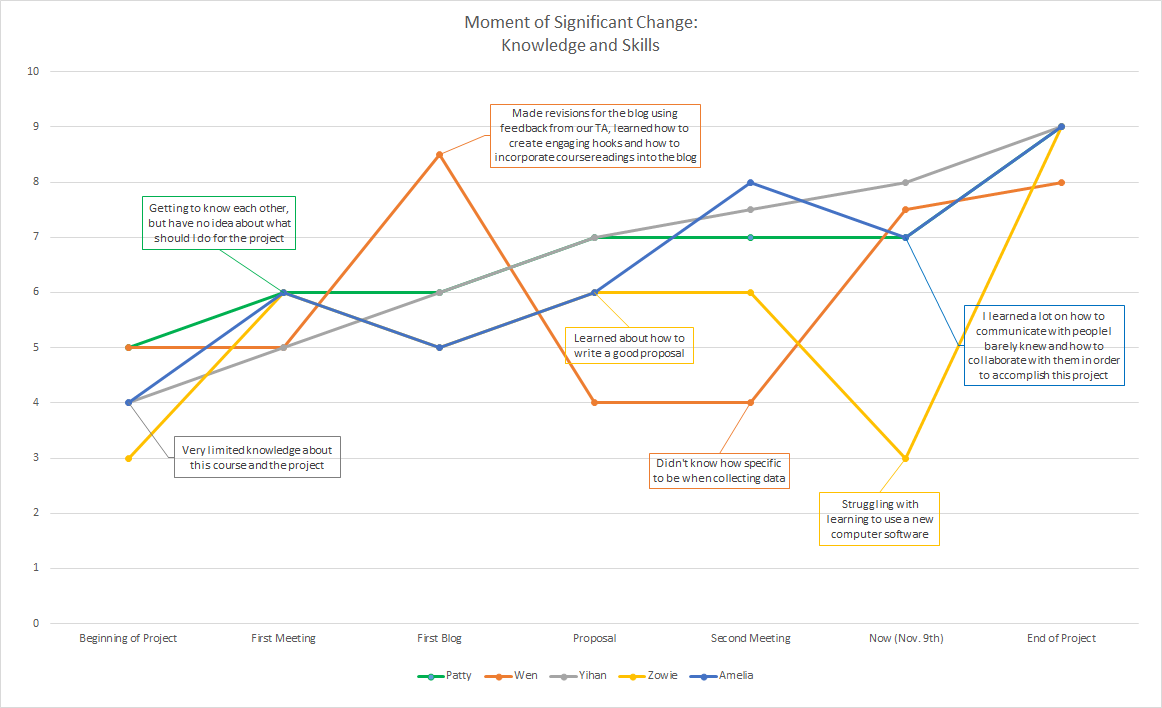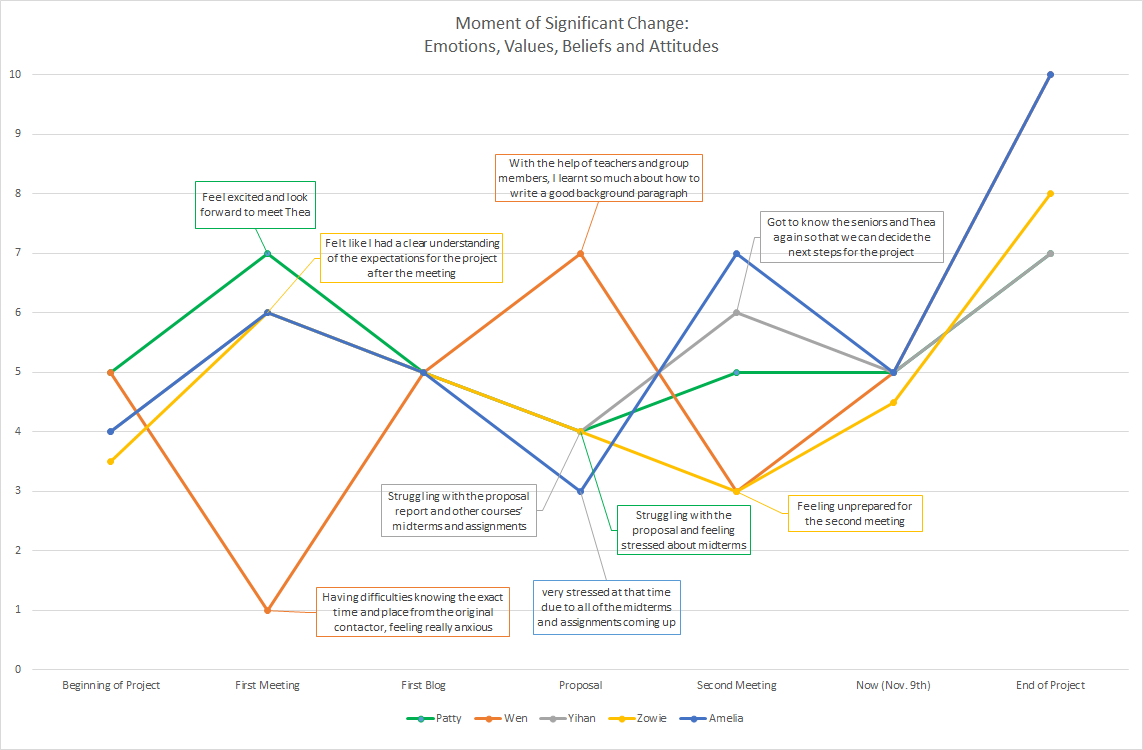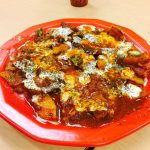Hellooooooo everybody!
November is here and December is coming soon! Time to speed up our work on the recipe book and asset map. We have finished editing half of the recipe book. Now, the only thing that we need to do is to arrange the pages and print it as soon as possible; preferably before November 16th.

Another good news is we are going to have cooking session with the seniors on November 16th! We will cook 4 dishes; one Chinese dish and three Afghan dishes. We are looking forward to meeting the seniors and have a good time exchanging recipes!
For our asset map, we have almost finished collecting data from the grocery stores, having gotten a general idea of the variety as well as price level for different food categories and summarized those into table format. For example, tables for comparison of variety as well as price level for spices, staples and meat could be accessed from the link https://docs.google.com/document/d/16Wfby4h0e32QLT8KU5Mn4-9n6erbu2_WaE6b6O9tW9k/edit?usp=sharing. However, there are still some price that we are unsure about which needs double checking. Moreover, the price level for vegetables, beans and lentils have not been summarized in table format yet, which we hope to finish soon.
In addition, in terms of the format, we are still struggling to design the layout of the asset map to make it convenient for the seniors. We are also communicating with Thea on how to incorporate those information above into the asset map. Here is how the map looks like for now:
Group Members’ Reflection
During the last week, we had the second meeting with Thea and Afghan seniors in a church located in Edmonds neighbourhood. In the meeting, we have shown part of our recipe book and asset map to Thea and the seniors. They helped us figure out some errors in the recipe book, such as wrong pictures used. We also discussed with the seniors some details of our upcoming cooking session, including time, availability of equipment, and types of dishes we will be making. While we were there, we also had lunch with the seniors. Thea explained to us that the foods they have are basically made from flour and vegetables, which means their diet lacks protein. Thus, we are planning to use tofu, which contains proteins and cost less than meat, to cook a dish in the cooking session.
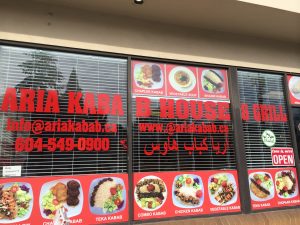
During the process of going to Burnaby and collecting data, we found the facilities in the Edmonds neighbourhood quite well established, having establishments such as health center, barber’s shop, shopping mall in metrotown, etc. For sure the most impressive things when we wandered around the neighbourhood was the various restaurants and grocery stores. Most of them are feature ethnic foods, just like the groceries that we visited. Not only do they sell culturally appropriate foods for minority groups, we could see the owner, staff and customers in those groceries are also minority groups to a large extent. 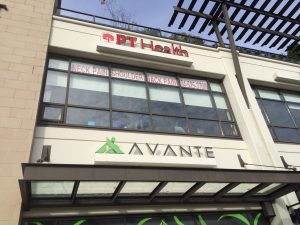 This reminds me of food sovereignty that Valerie Segrest brought up in her TED talk. Edmonds neighbourhood is a place where people have access to food of their culture. Though we have not had the opportunity to examine the food systems in place in the neighbourhood in their entirety, we did see some evidence for aspects of a unique food system in place, such as the local grocery stores operated by people of certain minority groups featuring ethnic foods of their culture, for the minority groups in their neighbourhood. This is also consistent with what Gibb and Wittman (2013) advocated for a local food system. This neighbourhood is one where culturally appropriate food are comparatively more readily available to minority groups among metro Vancouver areas. In other words, visible minority groups are less underrepresented than areas such as UBC, where the demands for culturally appropriate food for minority groups is not easily met so that residents have to adapt to a Western diet. This could possibly be due to the large immigrant population in the Edmonds neighbourhood, as stated in our proposal.
This reminds me of food sovereignty that Valerie Segrest brought up in her TED talk. Edmonds neighbourhood is a place where people have access to food of their culture. Though we have not had the opportunity to examine the food systems in place in the neighbourhood in their entirety, we did see some evidence for aspects of a unique food system in place, such as the local grocery stores operated by people of certain minority groups featuring ethnic foods of their culture, for the minority groups in their neighbourhood. This is also consistent with what Gibb and Wittman (2013) advocated for a local food system. This neighbourhood is one where culturally appropriate food are comparatively more readily available to minority groups among metro Vancouver areas. In other words, visible minority groups are less underrepresented than areas such as UBC, where the demands for culturally appropriate food for minority groups is not easily met so that residents have to adapt to a Western diet. This could possibly be due to the large immigrant population in the Edmonds neighbourhood, as stated in our proposal.
Moment of Significant Change
Our group agrees that in general, we have gained more knowledge and skills through this project than we had at the beginning of the semester, especially through the process of writing the proposal, which was a new experience for many of us. For some group members, fluctuations arise from our assessment of our individual abilities, such as realizing our shortcomings during data collection or when presented with the use of a new computer software, and by overcoming these shortcomings we will acquire valuable skills which will have benefits that extend well beyond this course.
The following graph shows the feelings of our five group members over the seven most important dates. We had similar neutral emotions at the beginning. Some of our group members felt that they were not ready and had no idea about what should they do for this project. A common low point our group members reported was when we had to write the proposal. Many of us were not familiar with proposal writing and felt quite stressed, on top of the stress from having midterms within that same time period. After that proposal and midterms were done, we all agreed that we feel a little relieved. For the two members who went to the second meeting with Thea and the Afghan, they both agreed that it was a very exciting opportunity. One of our group members experienced heavy rainfall when she had to collect data at different grocery stores in Burnaby and felt quite stressed. But despite all the troubles we ran into along the way, we all agreed that we expect to finish the project in high spirits!
Strategy for Successful Project Completion
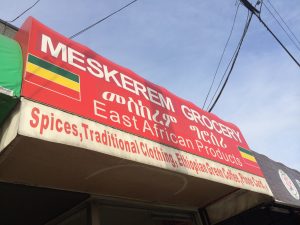 Our strategy for a successful project completion is to assess our progress in the project to determine how much work we’ve already completed and how much there is left to do still, and create a timeline of what we should finish by when. With midterms and assignments beginning to pile up as we near the end of the semester, it is important to have a schedule and series of soft and hard deadlines, at which time the group could check in with our progress and keep each other on track to ensure that everyone are on the same page when it comes to writing the final report and making the infographic.
Our strategy for a successful project completion is to assess our progress in the project to determine how much work we’ve already completed and how much there is left to do still, and create a timeline of what we should finish by when. With midterms and assignments beginning to pile up as we near the end of the semester, it is important to have a schedule and series of soft and hard deadlines, at which time the group could check in with our progress and keep each other on track to ensure that everyone are on the same page when it comes to writing the final report and making the infographic.
The struggles we have faced are with the format of the recipe book and asset map, and also the decision on which version of format will be the most appropriate and convenient for seniors. We also have to consider the choice of font and font size for recipes in both English and Dari (especially for Dari since we could not understand it, making it a challenge for the layout of the recipe book because we couldn’t tell if the sections are in the right places or not), and the choice of pictures that will be placed in recipe book. To overcome these struggles, we plan to continue to communicate with Thea for feedbacks on how the recipe book and asset map are coming along, and based on her (and the seniors’) suggestions, we believe that we can create both a successful recipe book and an asset map.
References
Gibb, N., & Wittman, H. (2013). Parallel alternatives: Chinese-Canadian farmers and the Metro Vancouver local food movement. Local Environment, 18(1), 1–19.
